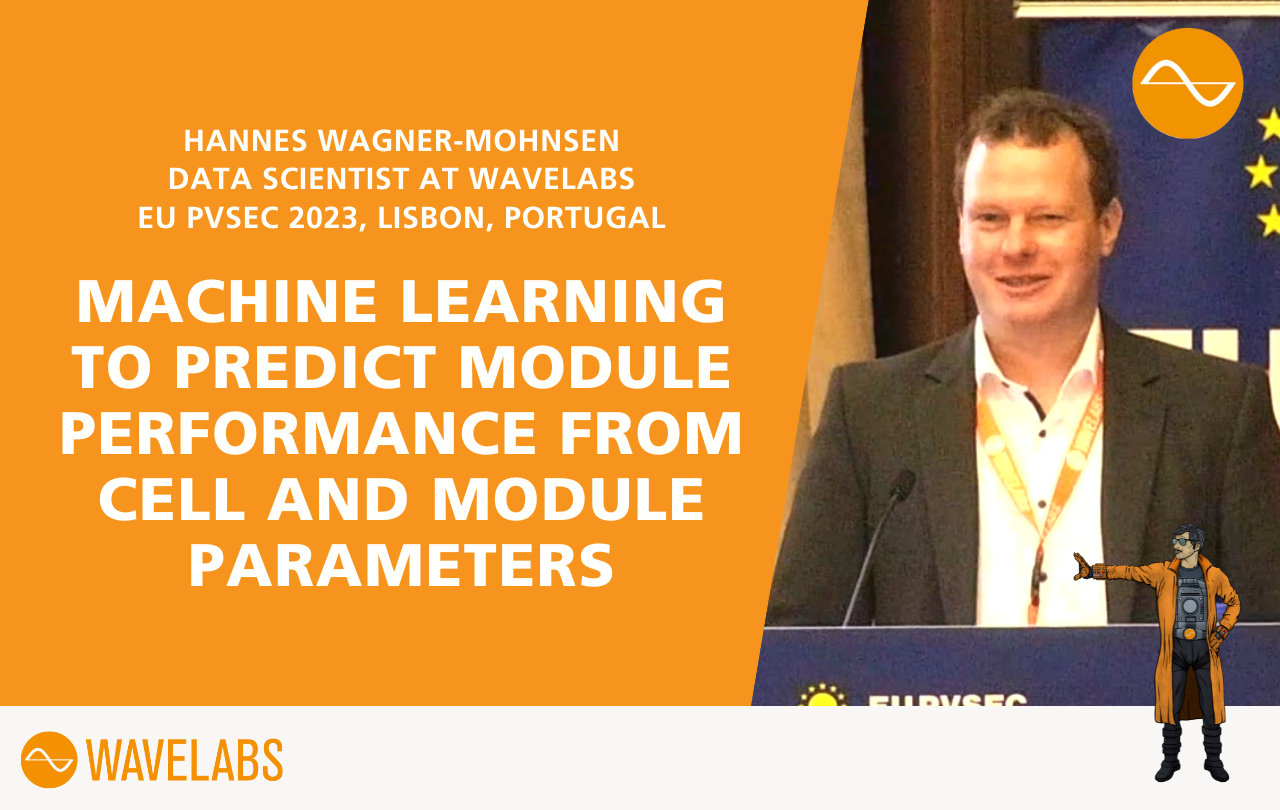LECTURE/VIDEO
The solar industry is continuously expanding, with factories operating in the multi-GW range. Managing such quantities, any production inefficiency may seriously affect business. Employing mathematical concepts like SixSigma or methodologies such as LEAN can consistently improve processes and analyze workflows to reduce cycle times and eliminate waste. New developments in artificial intelligence have the potential to complement these traditional methodologies and further enhance today’s mass production.
At this year’s European Photovoltaic Solar Energy Conference and Exhibition, Hannes Wagner-Mohnsen summarized the factors that can affect solar module power output during production and illustrated how feeding production data into a specialized machine learning model can uncover the intricate interactions of parameters that have the most impact on module performance.
The results of this framework depend on the architecture of solar cells and modules, the range of inputs for relevant cell and module parameters fed into the model, and the binning strategy. Therefore, the approach is highly flexible and can be applied to different production lines and scenarios. Watch Hannes’ full presentation to learn firsthand how machine learning can contribute to PV manufacturing.
The methodology described here is also applied in our WAVELABS Flashboard. With over 40 years of experience, the EU PVSEC is one of the most prestigious events in its field and the largest conference for Photovoltaic research, technologies, and applications. Industry leaders and newcomers alike used this year’s opportunity to showcase their latest innovations, discuss industry trends, conduct business, and expand their networks in Lisbon.

